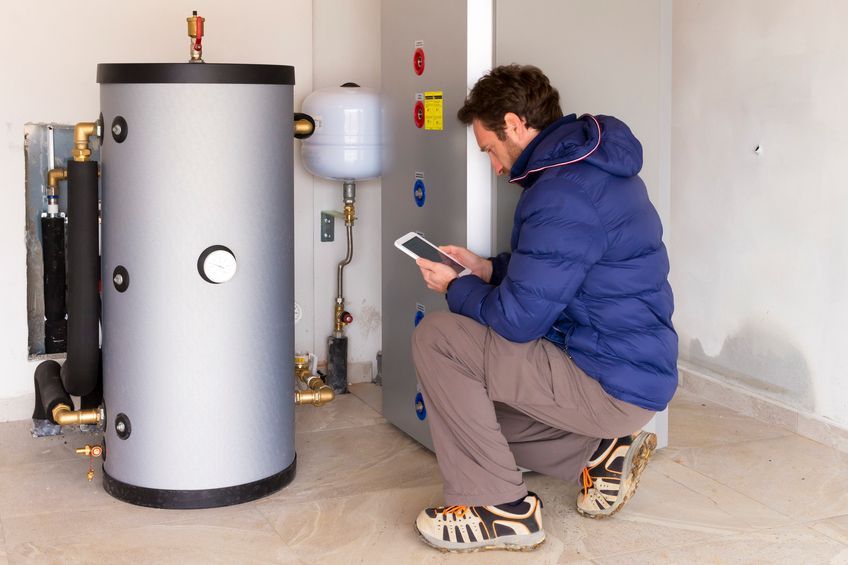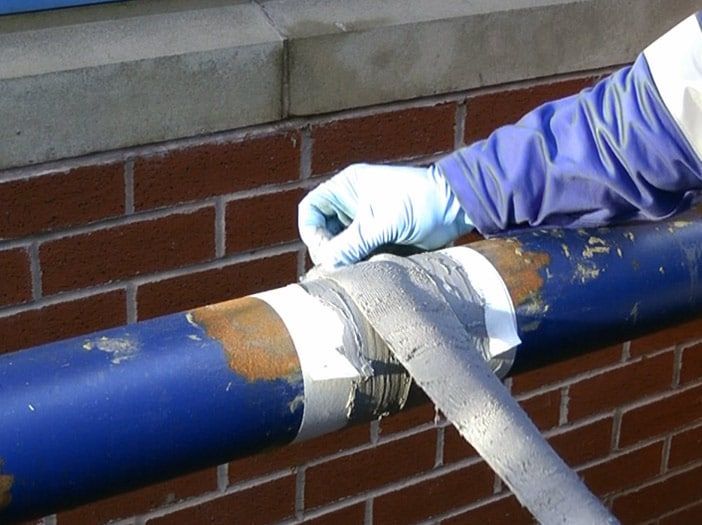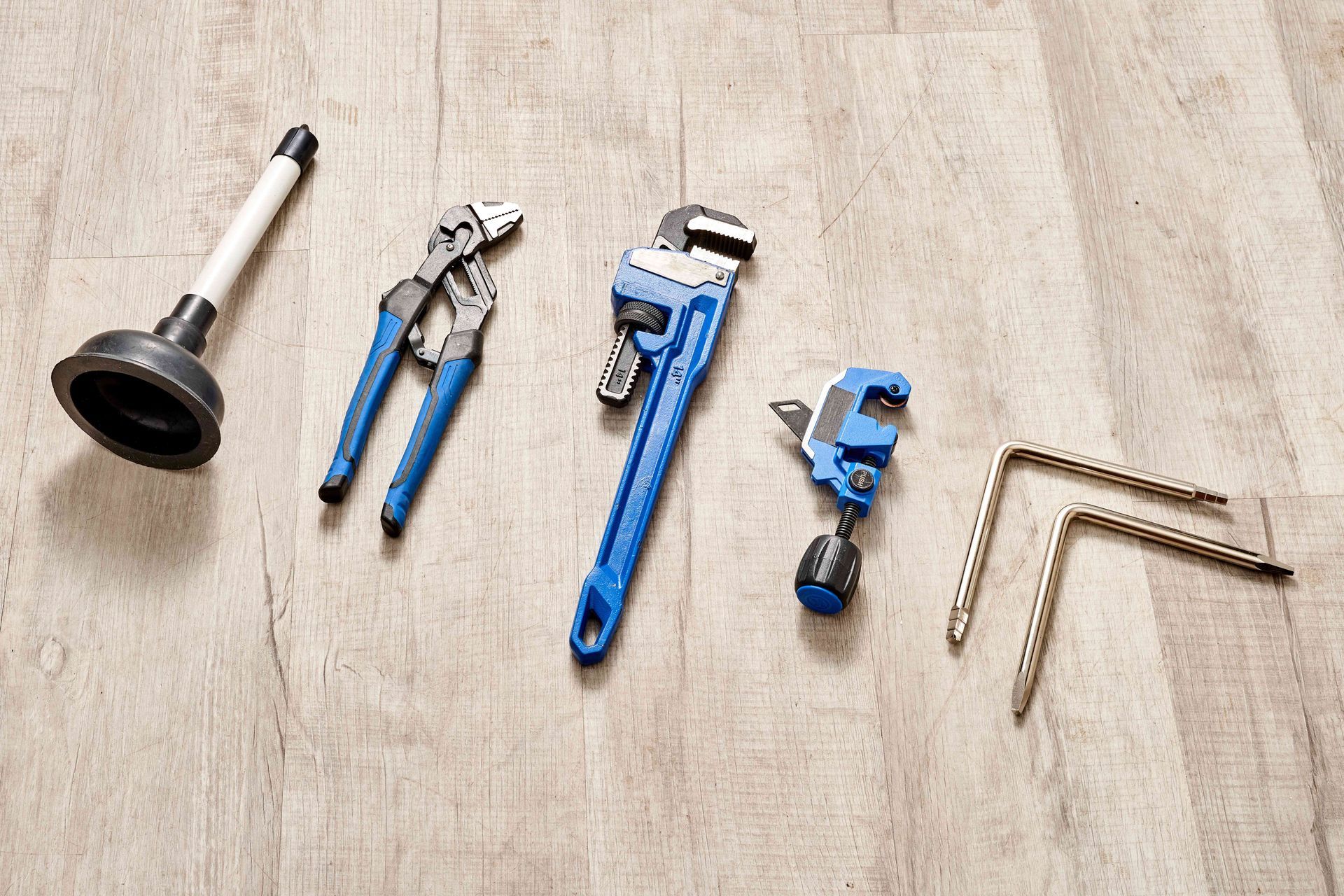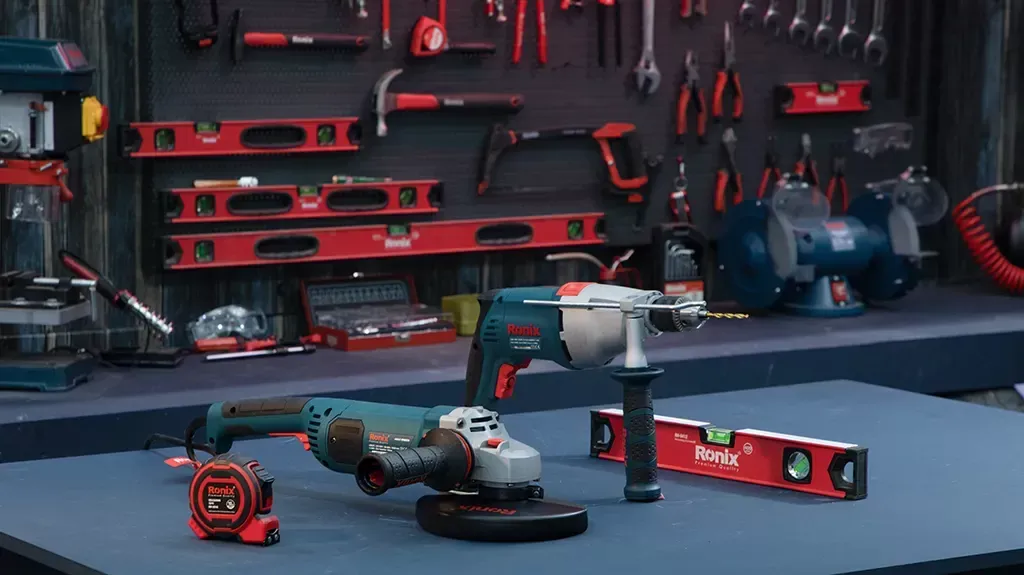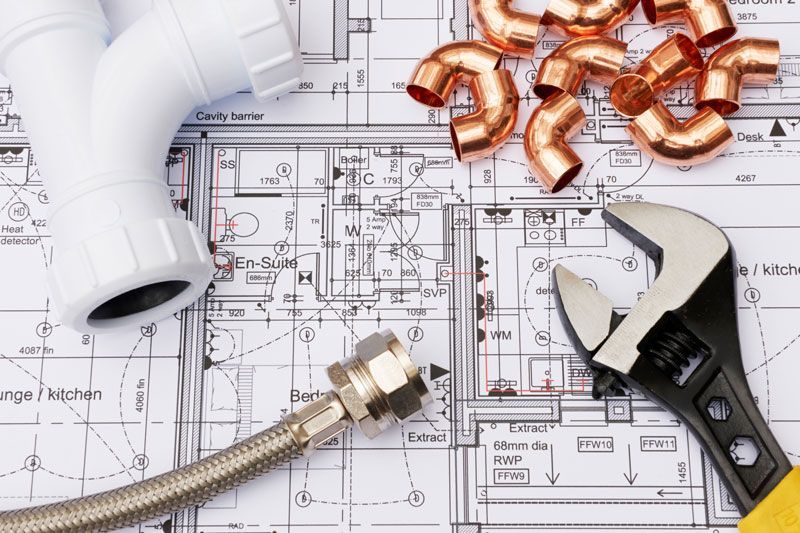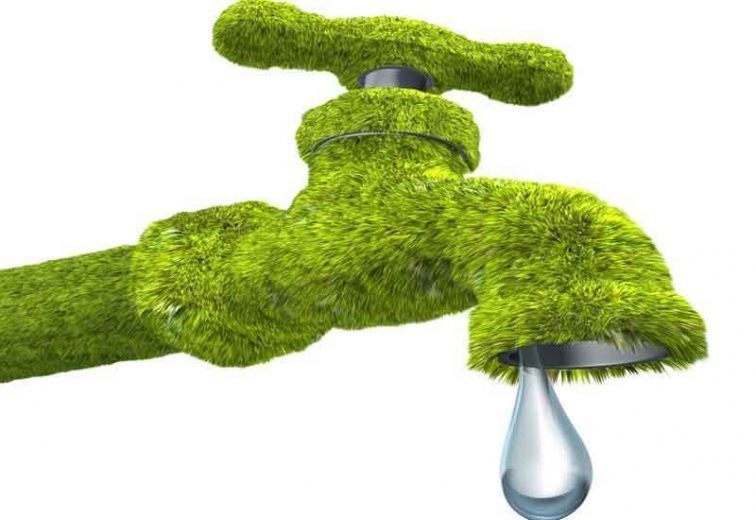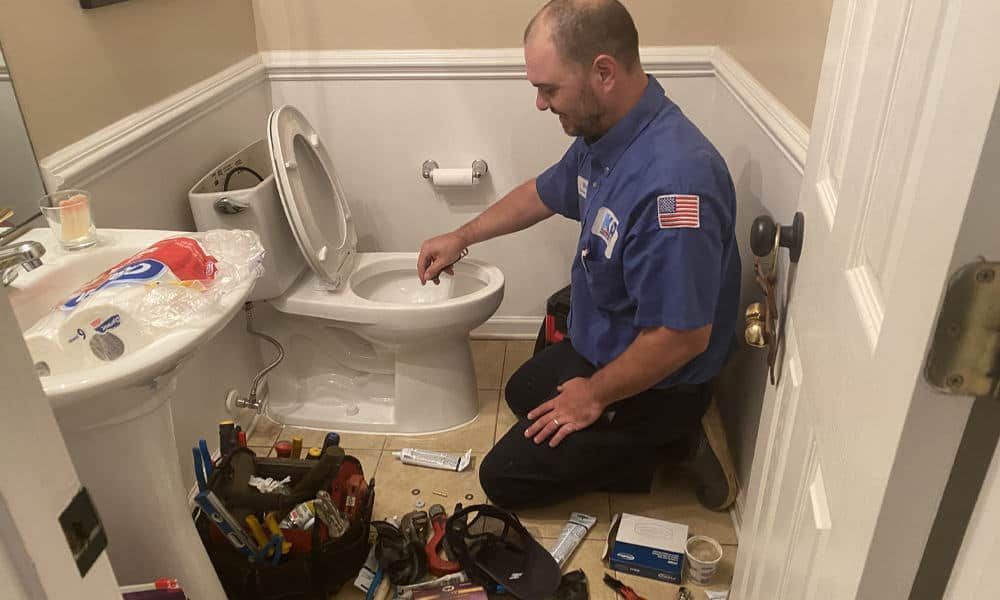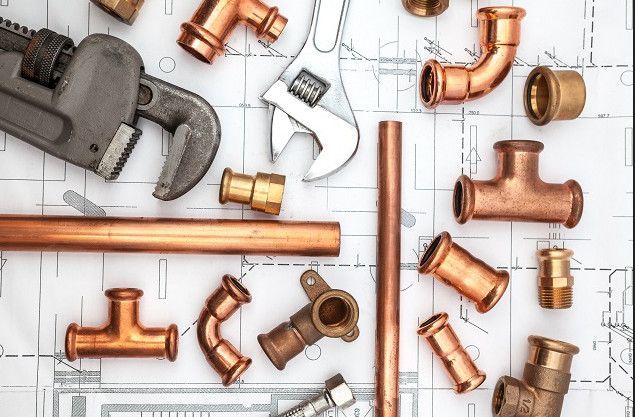Guidelines For Action To Fix A Leaking Shower Pan
Guidelines For Action To Fix A Leaking Shower Pan
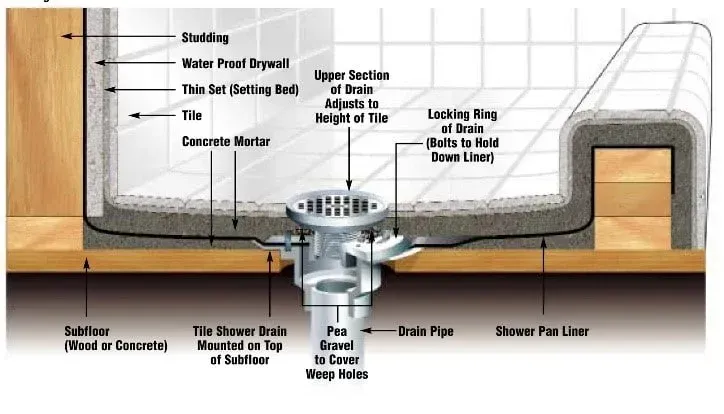
Finding a Leak in the Shower
First, you need to pinpoint exactly where and when you are having a leak in shower pan. Make a note of the location of the leak. Is it from the ceiling? Maybe a wall? Can you tell by seeing which area of the shower is leaking?
Specifically, is the tiled shower floor leaking (leak in the shower pan), or could it be the wall that houses the shower controls? You can determine if you are searching for a plumbing leak or a tile failure by determining which area of the shower is dripping.
Does the shower always leak, or just when it’s running? Does it take a long or short time to observe signs of water leaking? All of these factors can help you identify the issue by providing clues.
You can also conduct some tests by carefully manipulating the direction of the water flow. How can you determine where the leak in your shower is coming from?
Start With the Plumbing When Diagnosing a Leaky Tile Shower
- Fill a sizable bucket with water using the shower head, taking care not to spill any. Are there any drips visible beneath the shower? If so, there is probably a plumbing issue between the shower valve and the shower head. This issue ought to be resolved by a plumber.
- If that wasn’t the issue, carefully pour the bucket of water into the center of the drain. Avoid spilling any water on the adjacent tile. (A towel surrounding the drain may help). If there is a leak below as a result, the drain line probably needs to be repaired. Once again, you’ll need to hire a plumber for this.
- The weep holes in some drains might clog, resulting in the shower base being saturated with water. If you can clear them out, the accumulated water will be able to drain. This might lessen the amount of water that leaks from the shower. It may solve the issue momentarily, but it may also point to more issues with the shower’s structure.
Steps to Diagnose a Leaking Tile Shower: Shower Pan Leak Test
- If nothing else is causing the leak, focus on the tile. You might start by examining how the waterproofing and drain are connected. The drain should be stopped, either with a test plug from the hardware store or a homemade fix.
- The area around the plug should be covered with water, but not to the point where it reaches the shower curb. (You want to isolate the problem to the drain only.) After waiting a while, observe your leak.
- Put some water close to the curb using your bucket or a hand-held sprayer, perhaps focusing first on one corner for a few seconds before moving on to the other. Check for shower pan leaks at the two corners. Is the issue clearly in one or the other?
- A glass door has been fitted in your shower, right? Anywhere screws can be seen, especially if they are in a track, you should focus a stream of water on them. Once more, keep track of the time and location of the leak.
- There are a few more options if your shower base is made of cast iron or acrylic and appears to be leaking. Very small fissures that allow water to pass can occasionally form in acrylic pans
Additionally, we’ve discovered pans that are positioned so unevenly that water on the curb will seep through the flange beneath the tile and over the side. Examining the path any water on the curb takes will help you find the problem. Does any water veer off to the side and toward the drain instead of following the curb? Place absorbent paper towels along the corner where the tile meets the curb to make sure. Put some water on the middle curb, far from the paper towels. Is there any water that gets along the curb and soaks the towels?
Shower Pans In General
Leaks from the shower base are a frequent but frequently disregarded source of water damage and mold in the house. Depending on the durable materials used and how much is used, the shower pan liner, which is typically constructed of thin, sturdy, and flexible plastic, can last anywhere between 10 and 40 years. However, a shower pan leak may occur earlier than anticipated due to a poor installation process or a faulty plastic liner. The thin plastic liner is the most vulnerable component of a shower base’s structure (see image below). It’s crucial to frequently check your shower base and make sure it’s installed and sealed properly to avoid water damage and mold.
My Shower Is Dripping Through the Floor
Movement of the Shower Base
Water can leak into the adjacent floor through fractures and holes created by movement in the shower base. The weight of the occupants, vibrations from large machines, earthquakes, floor renovations, and other repairs to the house’s surrounding structures can all contribute to this. When you enter the bathroom, a correctly fixed shower base shouldn’t move around. This is so that shower pans stay in place and don’t leak water by being fastened to the floor with sealants and bolts. Any changes to the slope of the shower base or the shower floor, in general, can cause the tiles to become loose, the grout to become dislodged, and the grout to come free. The shower water can start to leak through the floor as a result.





